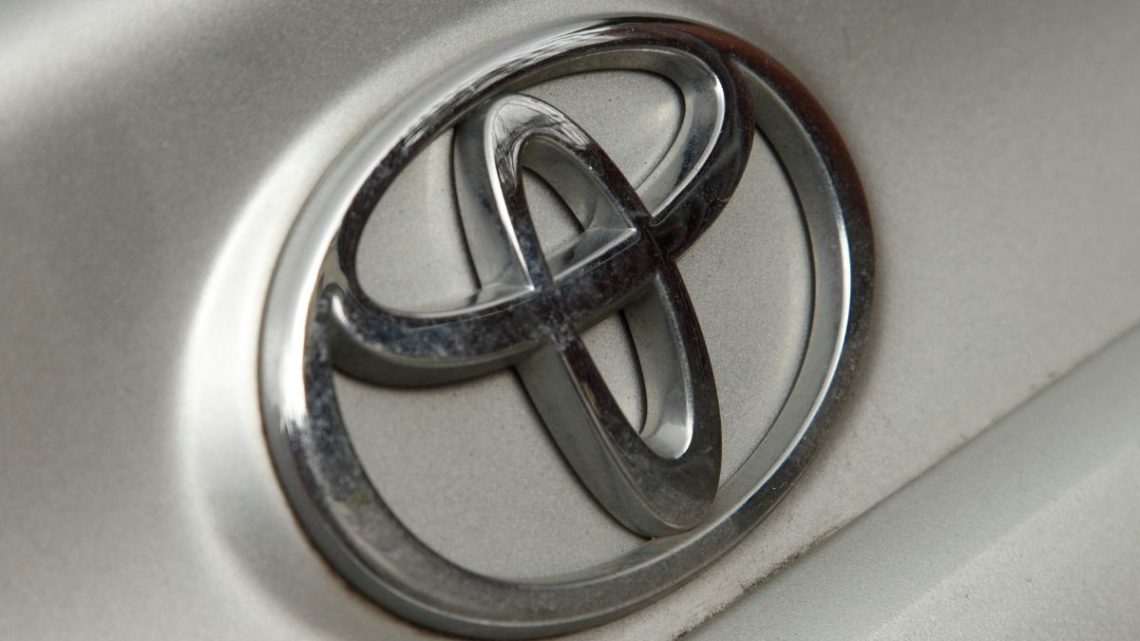
The Mirai has become one of the most easily recognizable H2-powered passenger vehicles in the world.
The second generation of the Toyota Mirai FCEV is going to be built at the Karnataka-based plant in India, according to Toyota Kirloskar Motors. The fuel cell car was first unveiled in December 2020. It has a five-minute refueling time and can travel as far as 646 km (401 miles) on a full tank under ideal conditions.
The pilot project with ICAT is a component of the Indian government’s overall strategy for encouraging cleaner fuel solutions and overall greener energy as the country works to decarbonize. Aside from battery electric vehicles, the Indian government has also been seeking to promote H2 as another alternative to using fossil fuels in passenger vehicles, public transportation and in transport.
With a focus on the fuel cell car, the government has been underscoring the importance of green hydrogen.
The government has been referring to green H2 as an opportunity for decarbonizing a range of different sectors throughout the country, starting with, but not limited to road transportation. This is a trend that has been gaining ground rapidly in countries all over the world.
The Toyota Mirai FCEV is a sedan built with a high-pressure H2 tank that feeds the fuel cell which in turn powers the electric motor. The process involves using the H2 to generate electricity, from which the only emission is water.
This new collaboration between the ICAT and Toyota will bring the Mirai hydrogen fuel cell car to India, making it the first H2-powered passenger vehicle in the country. The Ministry of Road Transport and Highway (MoRTH) recently spoke regarding the pilot project, calling it a first of its kind in the country. The discussion underscored the importance of spreading awareness of the potential for H2 in decarbonizing India, and in demonstrating the potential of FCEV technology.